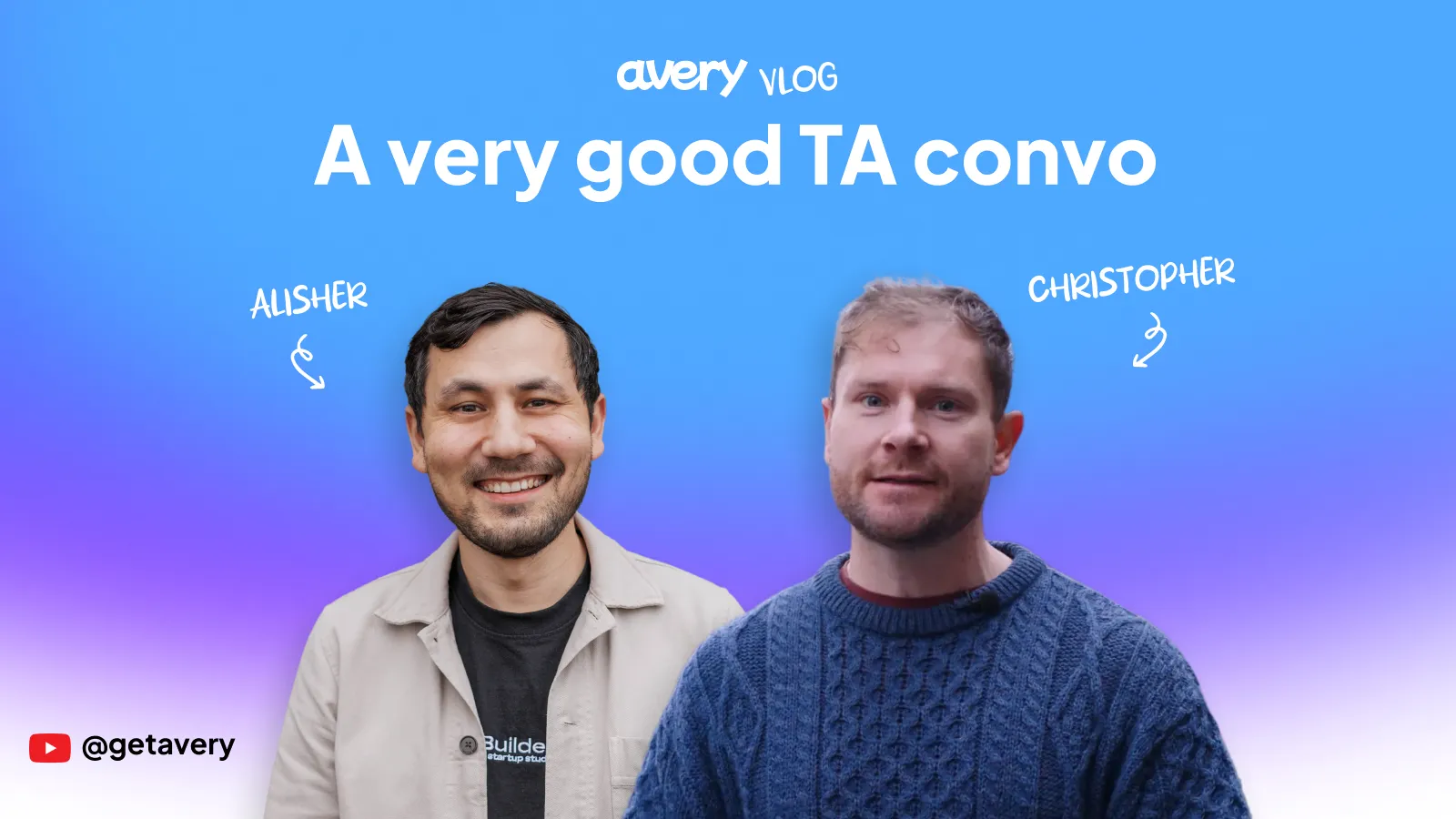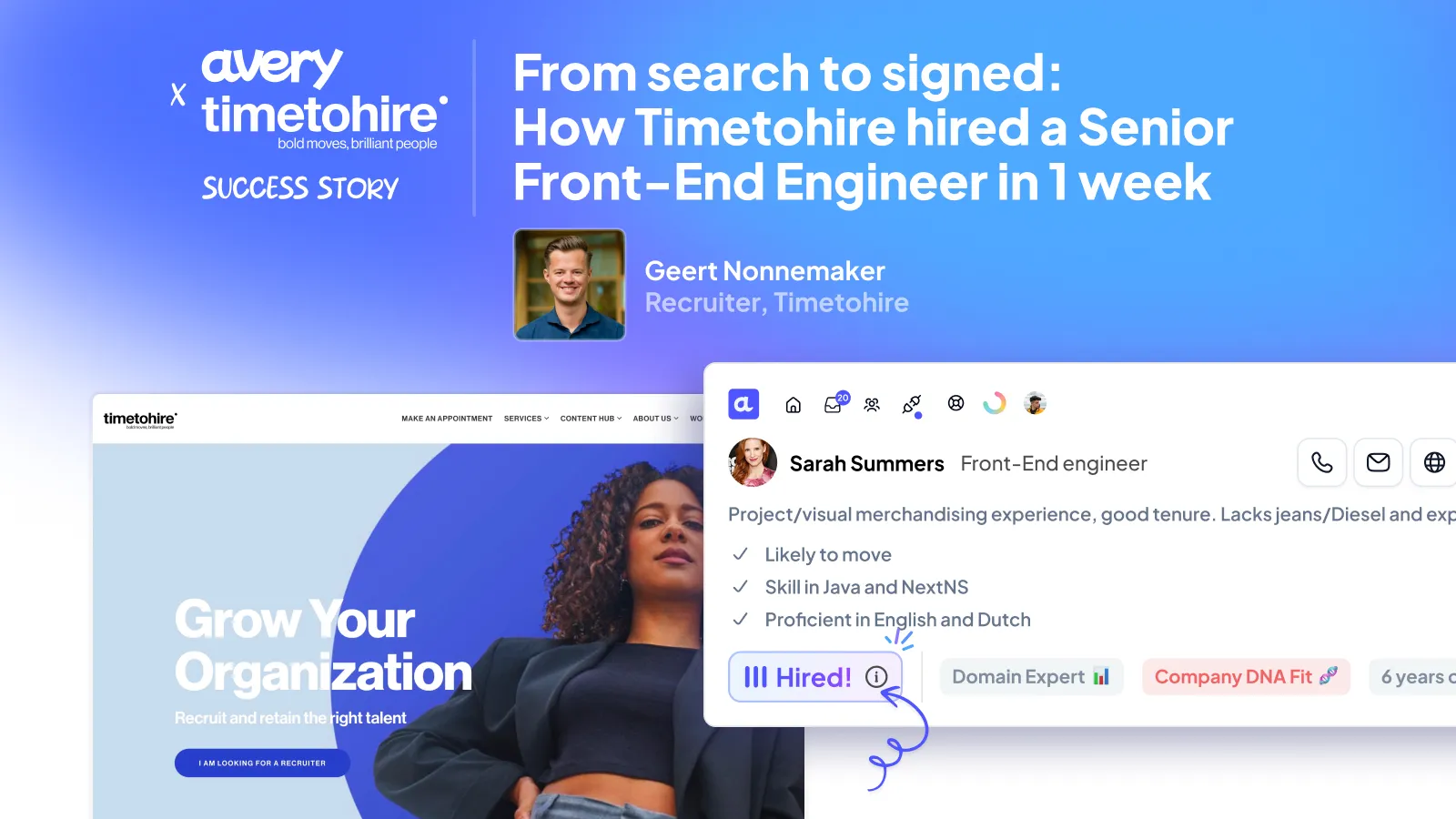The AI recruitment stack: building your tech ecosystem for 2025-26
Article created in collaboration with Jessie Schofer, Founder of Stakkd

"AI in 2025 and 26 is necessary. It will be messy, but it should be structured. And you need to start with the fundamentals." — Jessie Schofer
As organizations face an increasingly competitive talent landscape, experienced people leader, HR Tech expert and Founder of Stakkd - Jessie Schofer sees a clear divide emerging: those who embrace AI strategically will thrive, while those who resist will struggle to keep pace. But according to Schofer, success isn't about rushing into the latest AI tools — it's about building the right foundations first.
The two-track approach: start smart, stay compliant
Schofer identifies two distinct paths for AI adoption, each with different risk profiles.
"There's a positive impact on AI that reduces operational load," she explains. "Automating flows, automating responses, personalizing responses, analyzing notes — all this kind of tooling has low compliance issues and can deliver immediate value."
However, she warns about the second track: "What I'm seeing for 2025-26 is a lot of screening tools and sourcing tools. Obviously they're helpful, but they bring complexity in compliance areas, especially with the EU AI Act."
Her strategy? "Start with low-hanging fruit like automation and AI operations that don't involve decision-making. Then, when working with screening, make sure it's compliant and work closely with vendors."
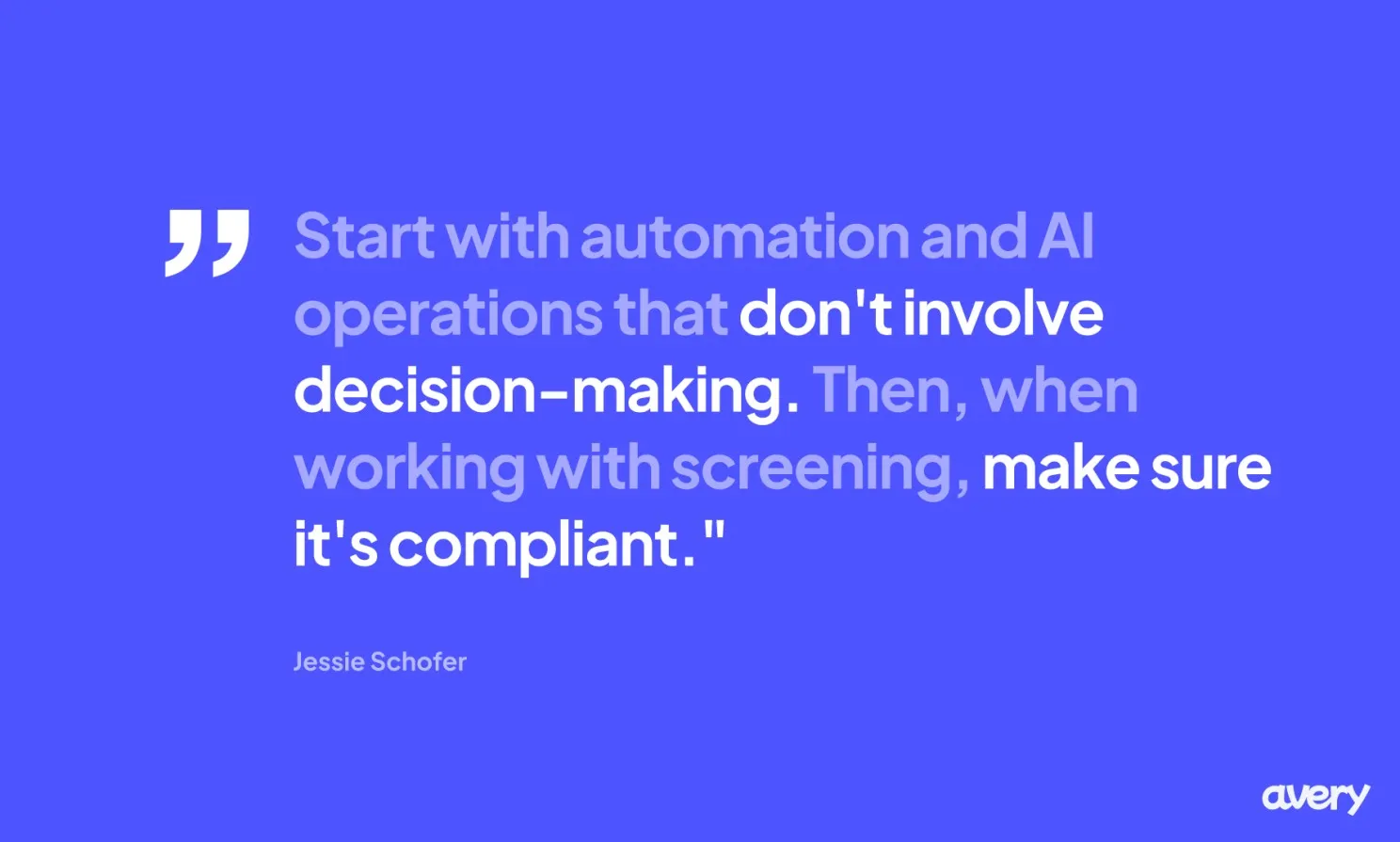
Why most organizations aren't ready: the foundation problem
When asked about gaps between AI potential and real-world adoption, Schofer is direct:
"The biggest gaps are that the foundations aren't there. You need job architecture, you need to know your hiring plans, you need proper workflows and data hygiene."
Her solution is what she calls "structured messy" implementation: "Don't just be messy — be structured messy. Have some thought-through process around how you approach bringing AI into the business and start working on the foundations at the same time."
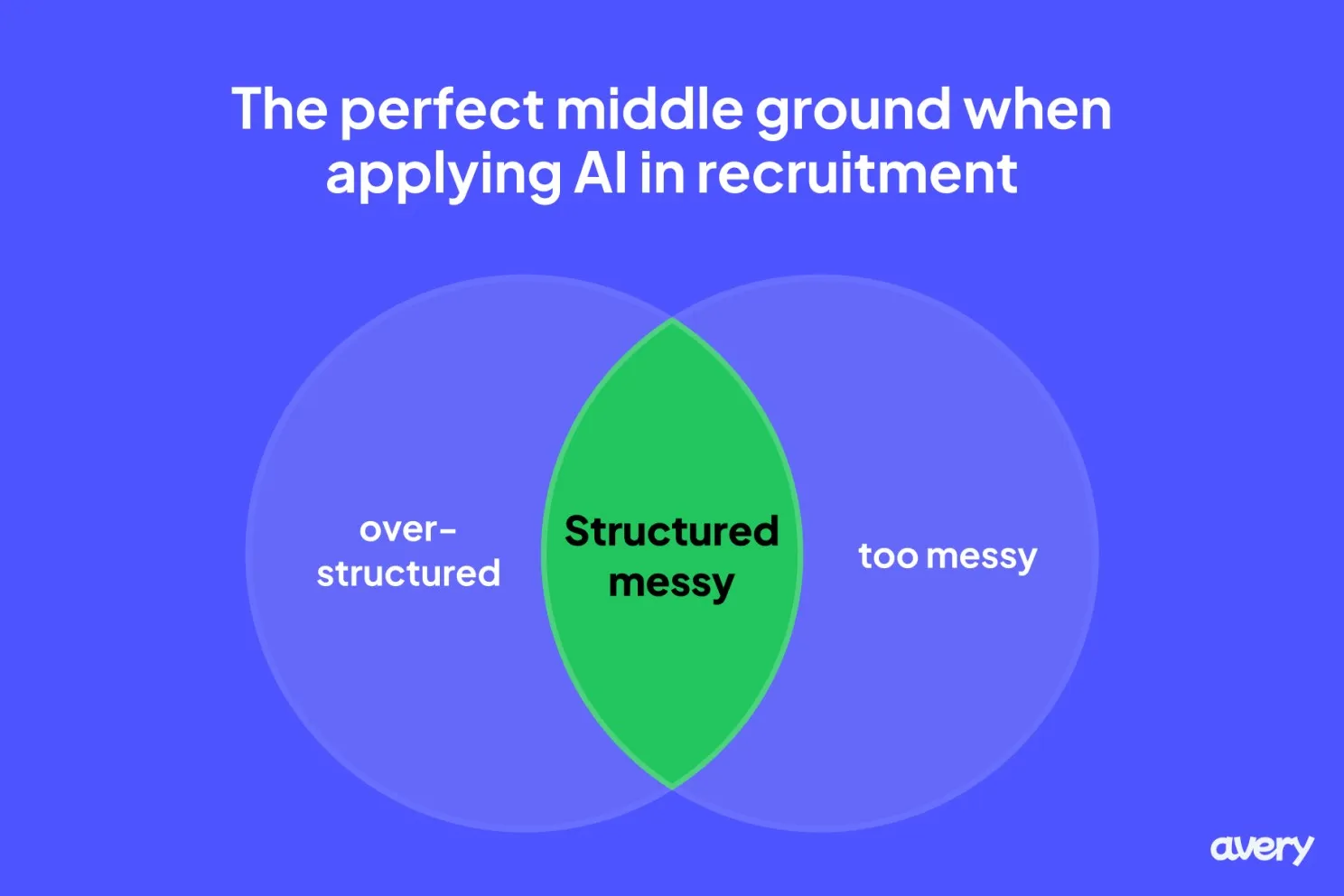
The data reality check
"Data is pretty messy generally," Schofer explains. "There's a lot of manual data entry that can have mistakes. If you don't have data infrastructure, you won't have data hygiene because you haven't thought through the whole flow of data."
Her advice: "You need to know where you're going to know where to start. You don't want bad data in your systems — that's something TA generally has a challenge with."
Beyond time-to-hire: measuring what matters
While industry benchmarks focus on efficiency metrics, Schofer advocates for broader success measures. "It's about your conversion of quality — quality coming through your funnel is important, and I would also say your NPS."
She warns against optimizing solely for speed:
"Sure, you can optimize cost per hire and time to hire. But if everyone hates your process because you've made it too automated, those metrics might be great short-term, but you'll soon find that's short-lived."
Strategic investment: it's business-specific
When prioritizing investments among sourcing, screening, and candidate experience, Schofer takes a data-driven approach:
"If you're only hiring 3 people, focus on candidate experience. If you're hiring hundreds of thousands, maybe look at sourcing."
Her framework: "Where do people drop out of your funnel? If you know that data, that's where you can target investments more appropriately. You need to know what you're optimizing for."
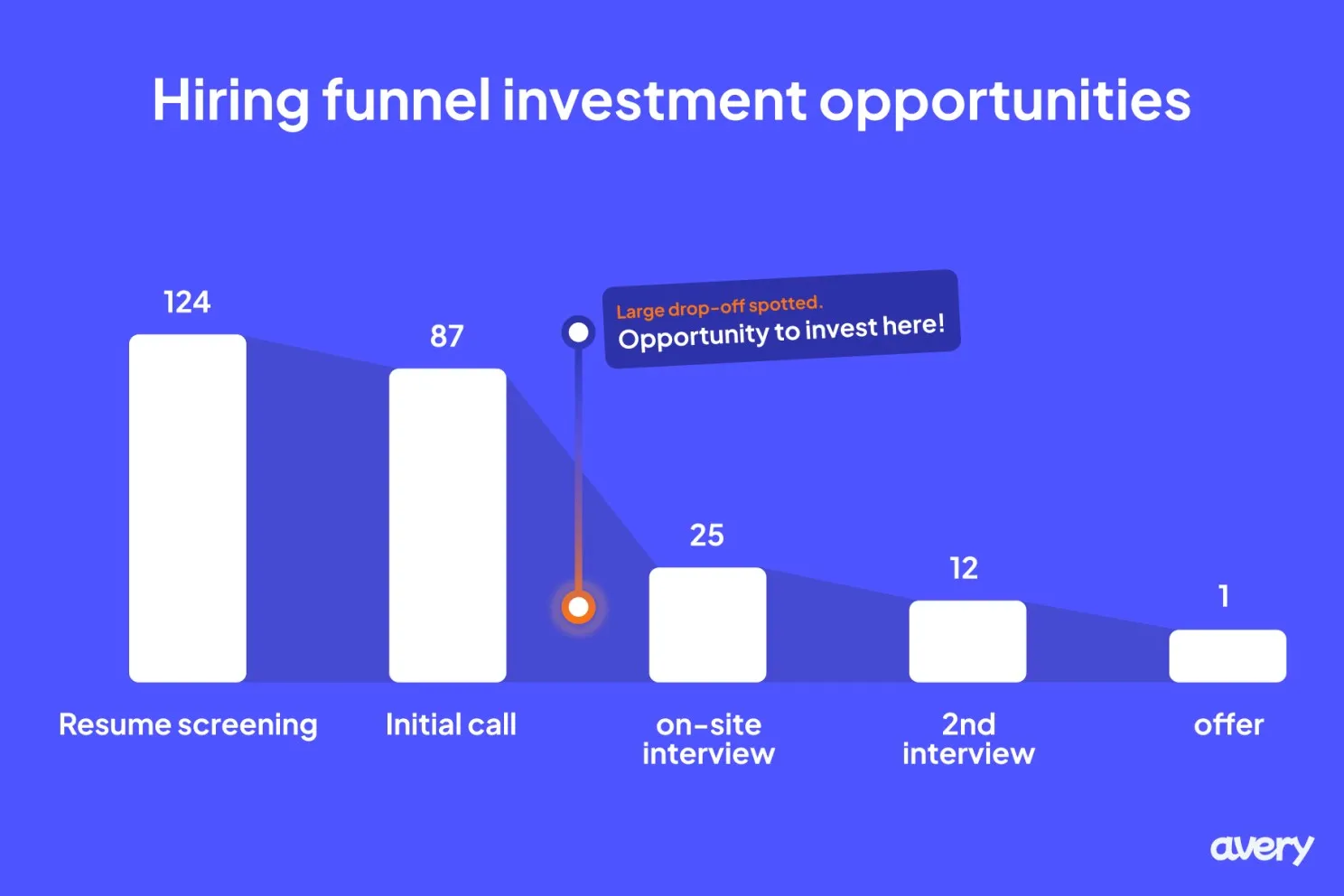
Getting buy-in: individual and organizational change
Addressing resistance to AI adoption, Schofer emphasizes dual-level change: "How do you as an individual level up your skill set? What do you get as an individual and what does the company get from you utilizing AI? Write down the positives and negatives."
But individual motivation isn't enough:
"It needs to be a company direction shift that this is something the company wants to do. Otherwise, why would anyone do it? It needs to be supported and can't have too much fear attached to it."
The planning imperative
For leaders embarking on AI transformation, Schofer's advice is clear:
"Get all of your planning done properly. Understand where the business is going, audit your current processes, audit your current bottlenecks."
This upfront investment pays dividends: "Understand the current position and where the business needs to go so you can identify where the tech can have the most impact before you go in. That becomes much easier to justify later — you already know you're working on the most important high ROI task."
The bottom line
Schofer's message to HR and TA leaders is uncompromising: AI adoption isn't optional, but it doesn't have to be chaotic. "You can do more with less" she notes, highlighting the dramatic potential of automation when implemented thoughtfully.
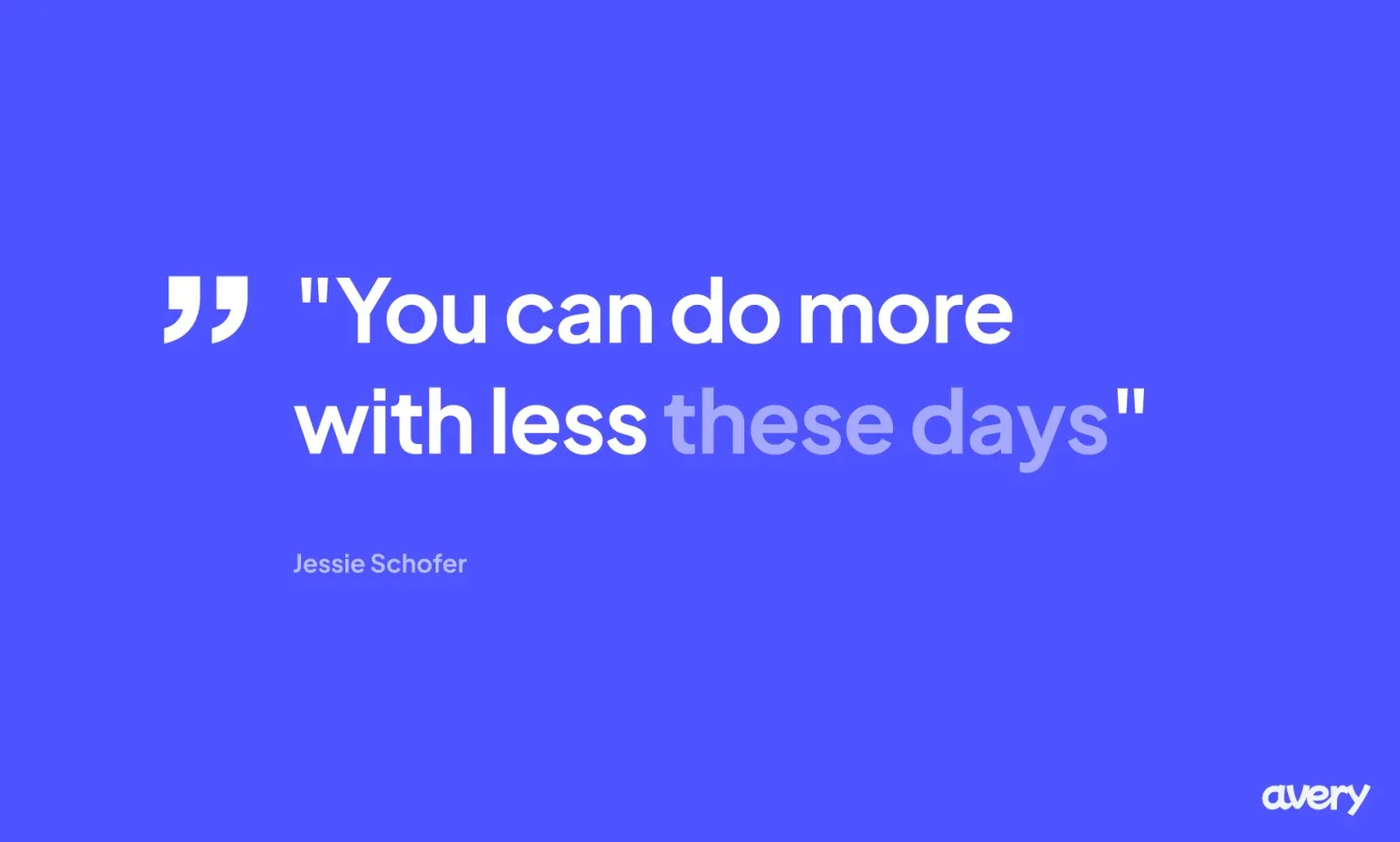
Success comes from her "structured messy" approach — embracing AI's necessity while building proper foundations, focusing on operational automation first, and maintaining strategic alignment with business goals.
As the AI recruitment market projects to reach $1.35 billion in 2025, organizations that follow Schofer's framework will be positioned to harness AI's power while avoiding common pitfalls that derail hasty implementations.
The choice is clear: embrace structured AI transformation now, or risk being left behind in an increasingly automated talent landscape.

